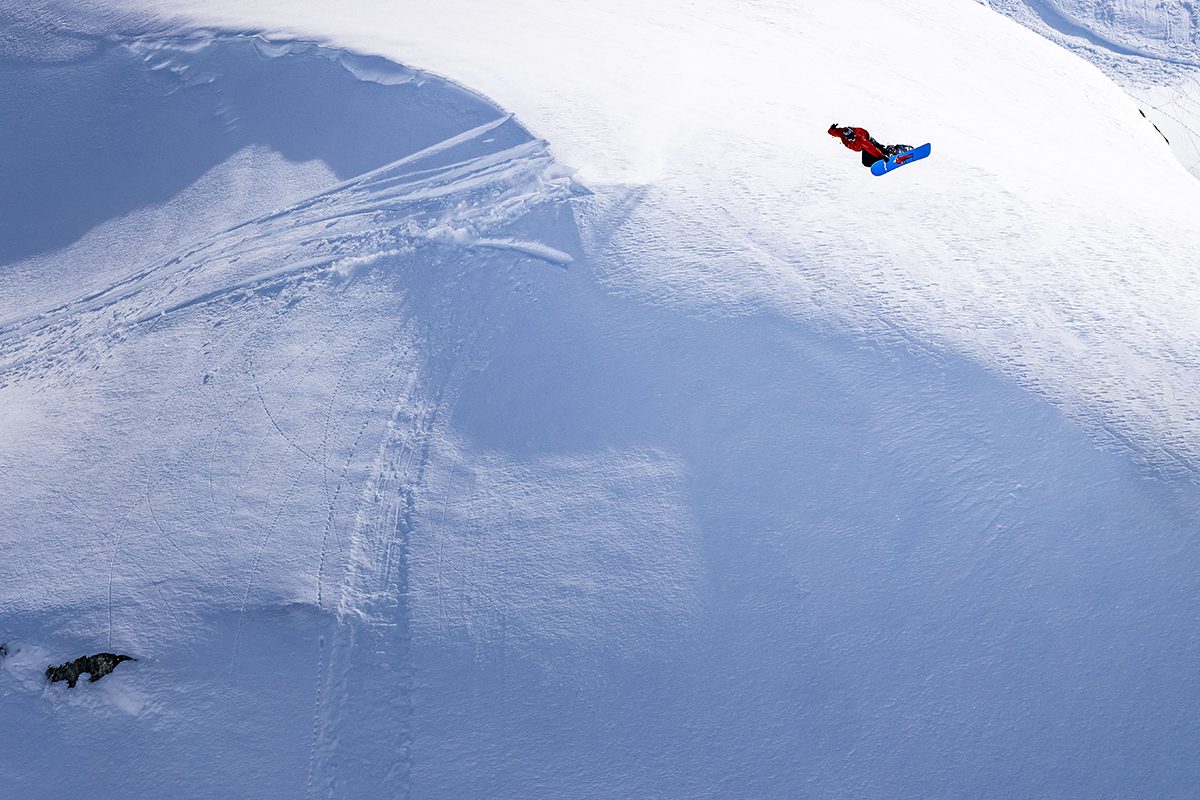
Best Snowboard FIlms 2025–2026: The Heaviest New Snowboard Movies Dropping This Winter
From Forest Bailey’s creative street parts to Burton’s global backcountry odyssey, these
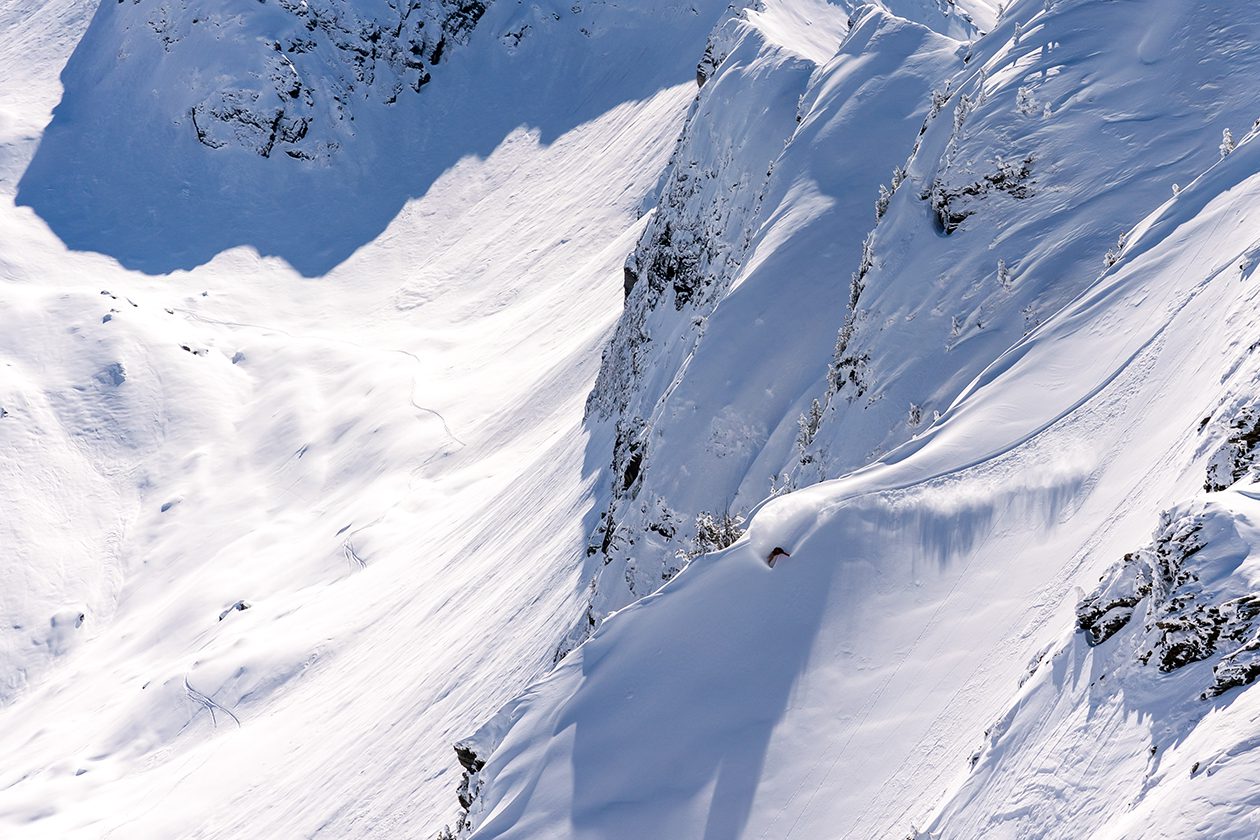
Reset, offset, recycle. Maria Kuzma on building eco-friendly futures.
Interview Stella Pentti
Few people have the ability to cast an aura of confidence, pride and modesty in the way Maria Kuzma does. She is a woman we can all learn from, but her journey to where she is now didn’t unfold without some hurdles… With a degree in architecture and a previous career on the Freeride World Tour, Maria Kuzma reached a time in her life when she found it hard to justify to herself why she was living in New York City, working on skyscrapers in a concrete jungle – and this is when her story turned over a new page.
Growing up in Bougainville, an island just east of Papua New Guinea, and spending most of her early years in Indonesia while doing seasons in Fernie, British Columbia, Maria grew up close to nature and developed an appreciation for its beauty at an early age. Working on projects that were closely tied to nature and its preservation was where Maria’s heart lay. Listening to her intuition and taking the leap from working for a corporate architectural company to working with architecture-related projects that align with her core values, Maria currently finds herself busy building schools in Brazil while designing wastewater gardens to help preserve water.
As someone who is no stranger to juggling multiple things at once, we caught up with her about the direction her life has headed in now.
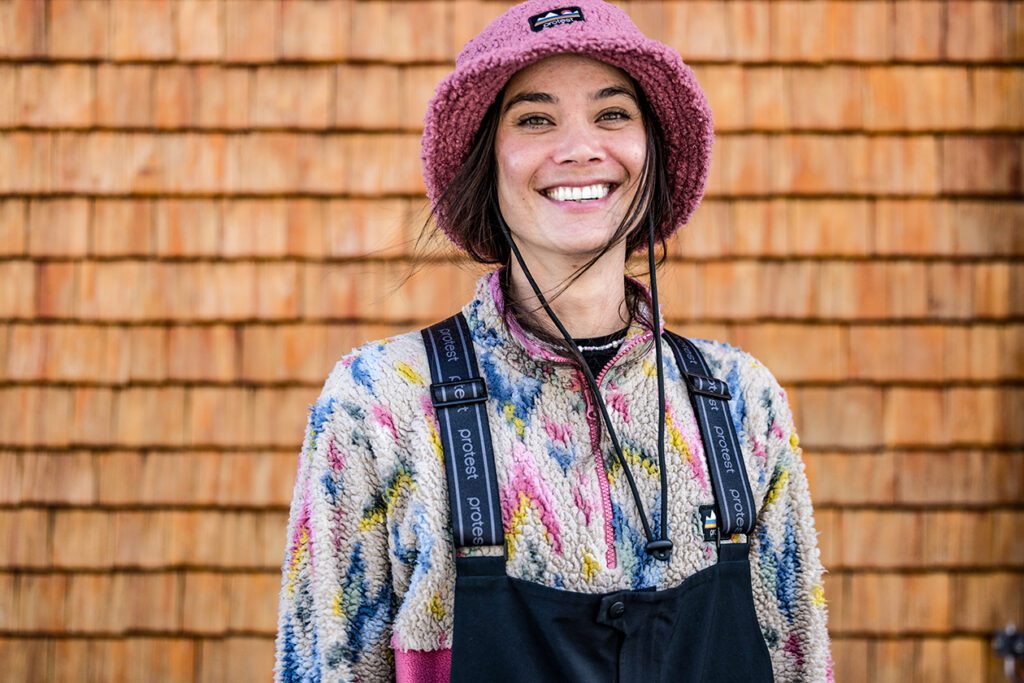
Hey Maria, good to see you’re enjoying life in Finland! You’ve been busy working on a few things, but let’s start with what you’re up to in Brazil and how that came to fruition through Thule.
First of all, I just want to say that I’m so lucky to work with companies that support me, like Thule. I was first introduced to the brand through my friend Aline Bock, who I competed with on the Freeride World Tour and who is also an ambassador for Thule. Through Aline, I met the then Thule team manager, Tina. We would meet at ISPO and end up talking about business and work-related stuff. There weren’t many women to talk to in the industry, so I always cherished our conversations and the advice she gave me.
At the time, I was working in New York at this fancy architecture office, but it didn’t really align with my core values. Then, back in 2017, Tina from Thule approached me and asked if I would be interested in taking an ambassadorial role, not only as an athlete but with my architecture-related projects, and that’s how Recycle Build came to fruition.
I took on the role as architect of the Recycle Build project, and now I’m leading the funding campaign. We have built a great team and have the support of an established NGO there called IPESA, all while I’ve been learning the language and culture. It’s been a very interesting journey so far.
What is Recycle Build?
Recycle Build is an offshoot of a previous social project supported by Thule called The Waterfalls Project. This project was initiated by Thule ambassador and professional Brazilian kayaker Pedro Oliva. Pedro has dedicated his whole career to researching the quality of rivers in Brazil, how waterfalls affect them and the surrounding environment, and the negative impact of the urban environments that they run through. Importantly, rivers feed into the oceans, and we are seeing more and more of the negative impact of sick rivers feeding into oceans. It’s important to establish healthy rivers in order to protect our oceans as well. The Waterfalls Project was a research mission of scientists and athletes traveling thousands of kilometers downriver, measuring and collecting data points from inside the water, from the communities living by the water and from atmospheric data. After collecting thousands of data points, their simple conclusion was that society was disconnected from the rivers and their water use.
Tell me more about your experience with water and the Recycle Build project.
In most of the places I’ve visited in Brazil, people don’t engage with the rivers in the way I’m used to. In my general experience in Europe, for example, there exists infrastructure built to enjoy, engage and showcase rivers. In my experience in Brazil, generally, buildings do not face the rivers, and not many people engage with the rivers, especially in those built-up urban areas. Of course, there’s a silver lining here because it means that plants and wildlife are established along the river edges. Pedro and I have taken clients and our team on river floats in urban areas, and it feels like we’re floating through the jungle. It’s beautiful, so beautiful.
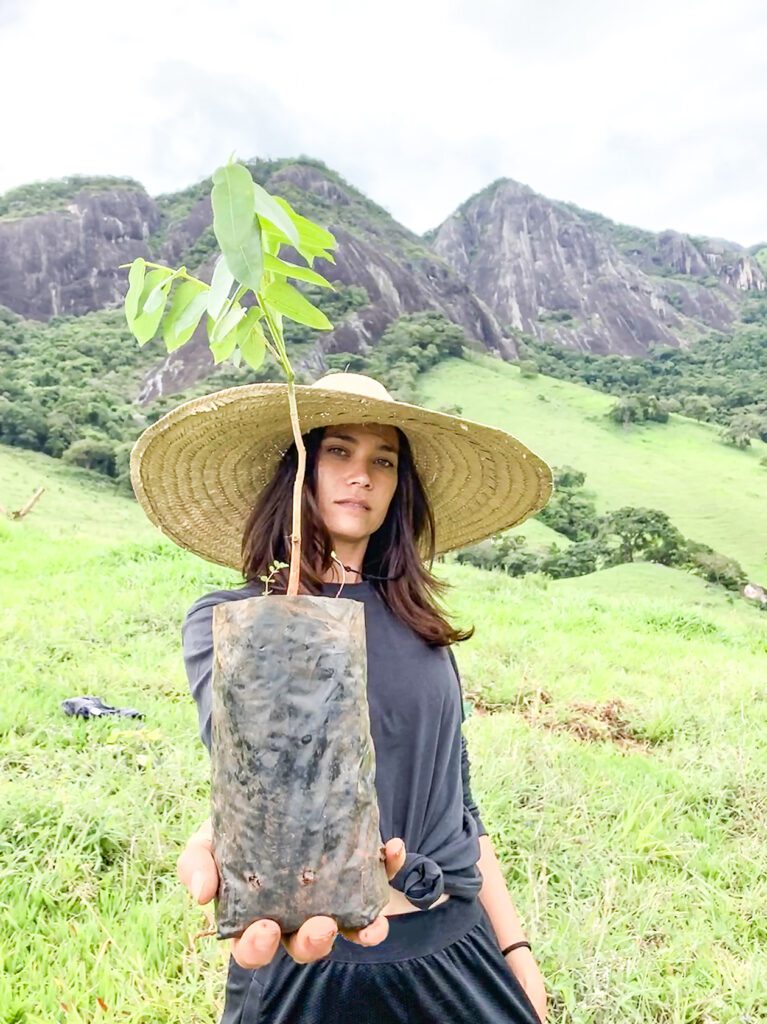

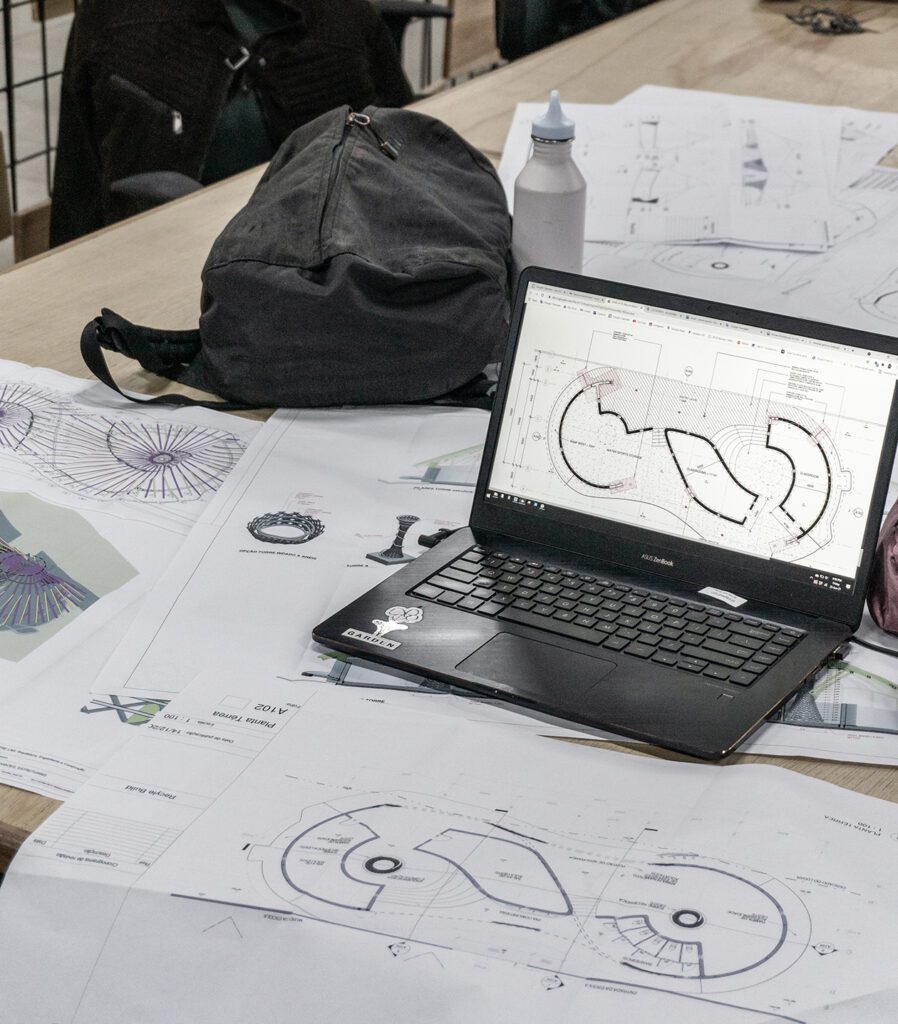
And based on the Waterfall Project, you pitched the idea to Thule for Recycle Build as a follow-up project?”
Yeah, so, based on Pedro’s data from The Waterfalls Project, the conclusion was that society is disconnected from its rivers. So, how do we reconnect society to rivers? With our project, Recycle Build, we want to showcase the benefits and ease of engaging with rivers. We want to showcase biosystems that treat our wastewater and also provide greenery and shade. We want to showcase the positive impact and mental health benefits of engaging with rivers and with intentional regenerative infrastructure that cleans the water that we use before it enters any other water bodies. This particular prototype in Brazil aims to be a closed-loop system, so the treated black and grey water will be held at the end of the system to be used again to flush the toilets. This kind of system takes a load off of the municipal wastewater systems and keeps our waste water out of the rivers.
So what is your main role day-to-day?
I keep an eye on our funding campaign, which will be blasted all over our social media platforms [@wearerecyclebuild]. The campaign involves a YouTube series that will explain the project in much more detail. You can visit our website to watch the episodes and learn more about the project [RecycleBuild.com]. You can also help by donating directly to the project on the website. The project will be funded mostly through crowdsource funding and municipality support.
What about the other organization you work with, Nu Cycle? What do you do over there?
Yes, I helped build Nu Cycle and also worked in collaboration with its parent company, Nusa Sentara. We work on a range of projects, from neutralizing waste impact through a waste offset system to systems design and materials development.
One of our network partners, GeoTM, has a pyrolysis machine in Lombok, where they harvest problematic unrecyclable plastic waste and turn it back into a usable form of biodiesel. This kind of technology works well in a country like Indonesia, an archipelago of islands with limited centralized infrastructure to handle this kind of problematic waste stream.
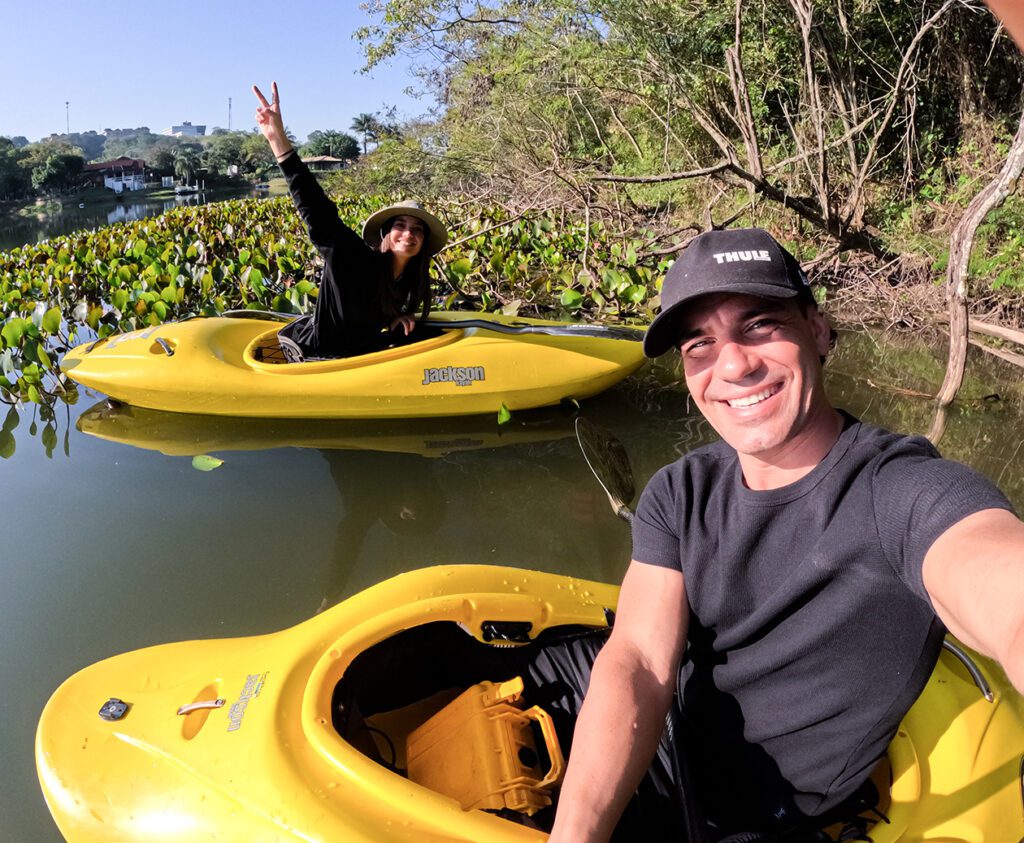
What would be the ideal outcome of the projects? How could the impact affect the future of the planet?
With Nusa Sentara and Nu Cycle we are looking at developing and upscaling decentralized systems and technologies to tackle the global pollution and waste issues. Imagine a non-extractive world with connected and resilient communities where our water bodies are clean and our garbage dumps are non-existent? That’s our vision!
Our intention with Recycle Build Brazil is to develop schools that connect children to nature and raise their awareness of their water use. The ideal outcome would be future generations of environmentally aware children.

From Forest Bailey’s creative street parts to Burton’s global backcountry odyssey, these
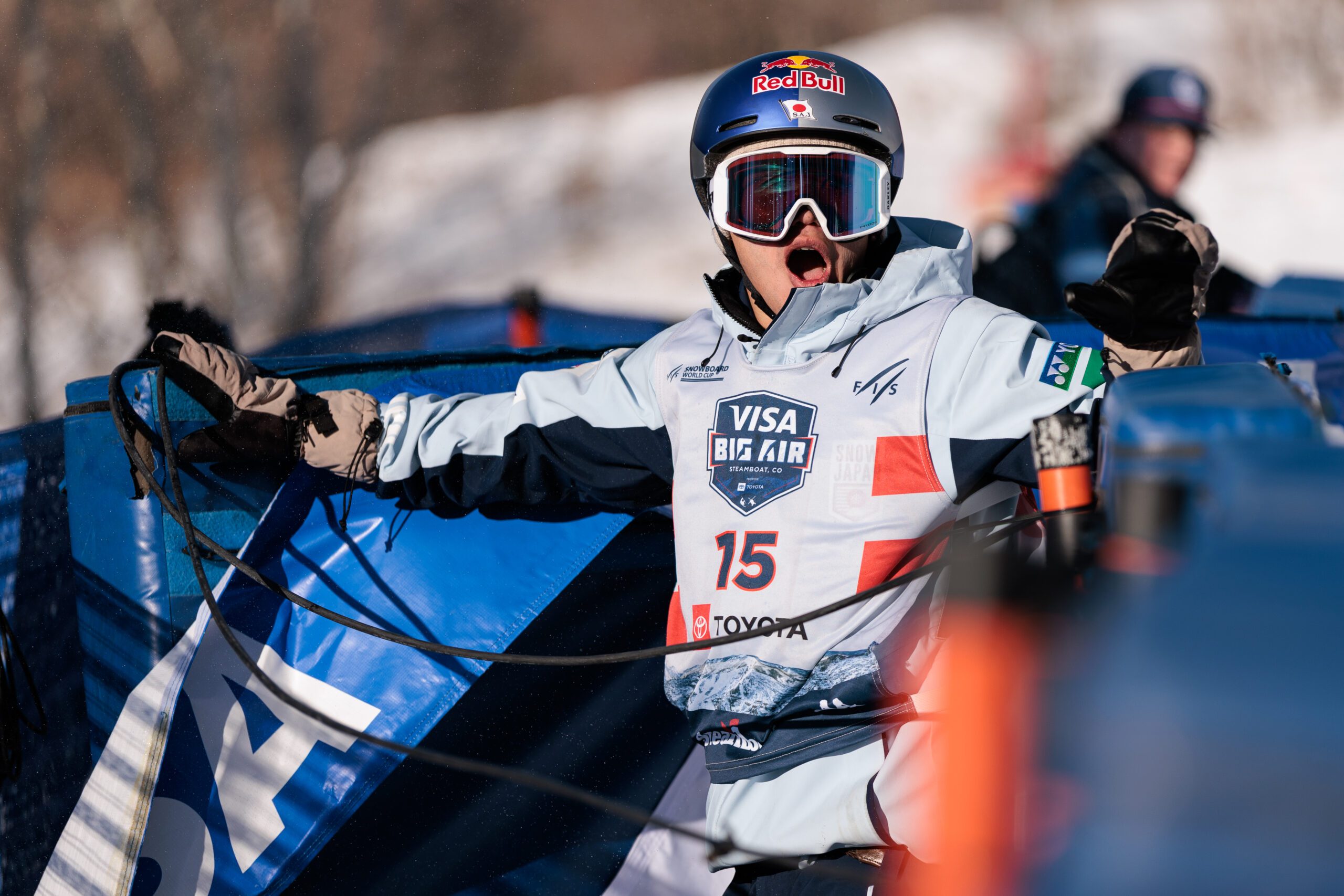
With the Olympic qualification window fully open, this winter is less about
Sign up for the very best in snowboard culture, get notified of prize drops, and receive our weekly essential news hit: The Friday Dump.
| Cookie | Duration | Description |
|---|---|---|
| cookielawinfo-checkbox-advertisement | 1 year | The cookie is set by GDPR cookie consent to record the user consent for the cookies in the category "Advertisement". |
| cookielawinfo-checkbox-analytics | 11 months | This cookie is set by GDPR Cookie Consent plugin. The cookie is used to store the user consent for the cookies in the category "Analytics". |
| cookielawinfo-checkbox-functional | 11 months | The cookie is set by GDPR cookie consent to record the user consent for the cookies in the category "Functional". |
| cookielawinfo-checkbox-necessary | 11 months | This cookie is set by GDPR Cookie Consent plugin. The cookies is used to store the user consent for the cookies in the category "Necessary". |
| cookielawinfo-checkbox-others | 11 months | This cookie is set by GDPR Cookie Consent plugin. The cookie is used to store the user consent for the cookies in the category "Other. |
| cookielawinfo-checkbox-performance | 11 months | This cookie is set by GDPR Cookie Consent plugin. The cookie is used to store the user consent for the cookies in the category "Performance". |
| viewed_cookie_policy | 11 months | The cookie is set by the GDPR Cookie Consent plugin and is used to store whether or not user has consented to the use of cookies. It does not store any personal data. |
| Cookie | Duration | Description |
|---|---|---|
| _ga | 2 years | This cookie is installed by Google Analytics. The cookie is used to calculate visitor, session, campaign data and keep track of site usage for the site's analytics report. The cookies store information anonymously and assign a randomly generated number to identify unique visitors. |
| _gat_gtag_UA_189035576_1 | 1 minute | This cookie is set by Google and is used to distinguish users. |
| _gid | 1 day | This cookie is installed by Google Analytics. The cookie is used to store information of how visitors use a website and helps in creating an analytics report of how the website is doing. The data collected including the number visitors, the source where they have come from, and the pages visted in an anonymous form. |
| CONSENT | 16 years 4 months 12 hours | These cookies are set via embedded youtube-videos. They register anonymous statistical data on for example how many times the video is displayed and what settings are used for playback.No sensitive data is collected unless you log in to your google account, in that case your choices are linked with your account, for example if you click “like” on a video. |
| Cookie | Duration | Description |
|---|---|---|
| IDE | 1 year 24 days | Used by Google DoubleClick and stores information about how the user uses the website and any other advertisement before visiting the website. This is used to present users with ads that are relevant to them according to the user profile. |
| test_cookie | 15 minutes | This cookie is set by doubleclick.net. The purpose of the cookie is to determine if the user's browser supports cookies. |
| VISITOR_INFO1_LIVE | 5 months 27 days | This cookie is set by Youtube. Used to track the information of the embedded YouTube videos on a website. |
| YSC | session | This cookies is set by Youtube and is used to track the views of embedded videos. |
| yt-remote-connected-devices | never | These cookies are set via embedded youtube-videos. |
| yt-remote-device-id | never | These cookies are set via embedded youtube-videos. |
| Cookie | Duration | Description |
|---|---|---|
| _pk_id.43969.7c7f | 1 year 27 days | No description |
| _pk_ses.43969.7c7f | 30 minutes | No description |